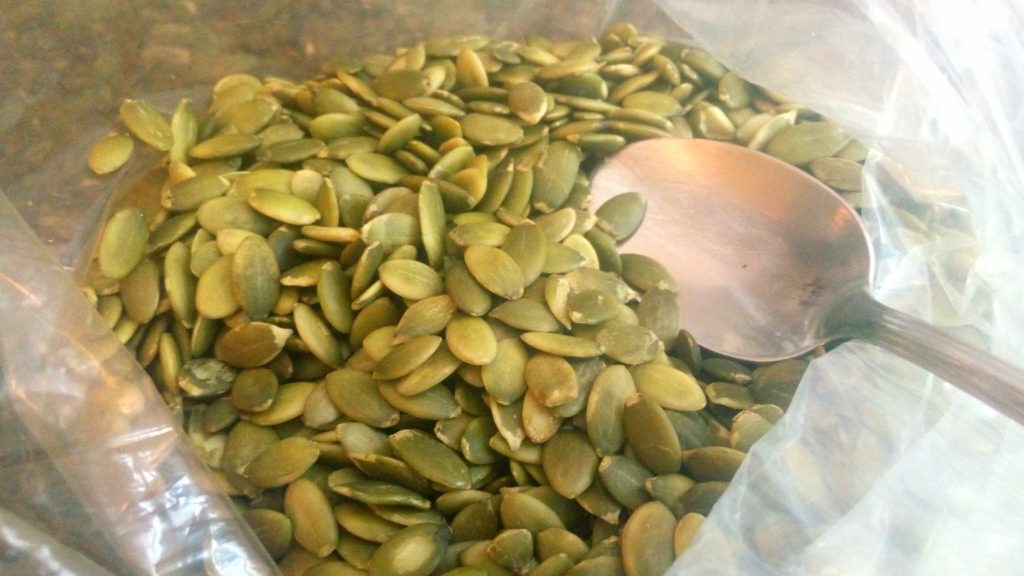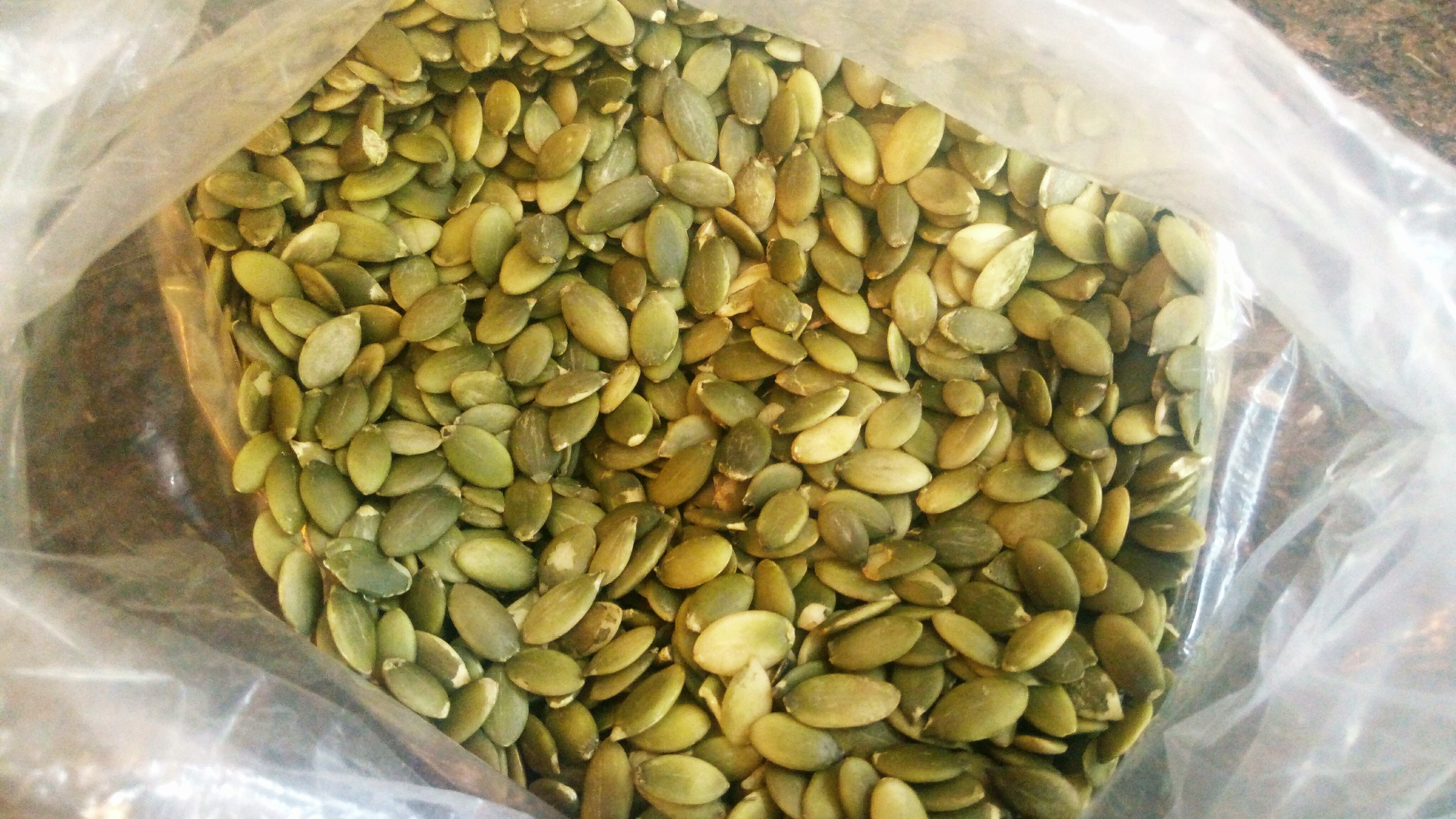Chloroquine medications are dangerous, many medications are dangerous especially if taken in too large a dose. Chloroquines are typically used to treat malaria, a condition caused by a parasite. The mechanism of action is that the chemical can hold onto the mineral zinc and carry it into an infected cell where the zinc disrupts the replication of proteins, causing less virus replication. (6) It has been mentioned as a medication that potentially may be helpful for treating patients with the novel coronavirus that is currently causing a pandemic.
The chloroquine medications are also used by autoimmune patients and supplies of the drug are limited. Increasing production is a goal but will likely take some time. (7) There are other safer alternatives available in foods or phytonutrient extracts (1, 8, 9) that have an immune modulating effect – promoting removal of infected or damaged cells while also inhibiting an overactive immune response.
People with a heart condition may also be at more risk of dangerous side effects if taking chloroquines. The medication also needs to be given with zinc to be as effective as possible. The food or phytonutrient alternatives would also need to be used with zinc in the diet or added as a supplement. (1, 8, 9)
***** ONLY TAKE PRESCRIPTION MEDICATIONS THAT ARE PRESCRIBED FOR YOU BY YOUR OWN MEDICAL PROFESSIONAL *****
***** ONLY EAT FOOD *****
Someone is dead because they consumed a household product containing chloroquine because they thought it might protect them from coronavirus infection, (10), – dead is not infectable by a virus, but dead is also dead.
Quercetin plus zinc is also an antiviral that works as a zinc ionophore, (1), however it is readily available in some common foods or as a supplement and is nontoxic to cells. (1, 2) The zinc is disrupting protein replication within the infected cell so the virus can not be replicated to spread to other cells, for more replication, more infecting other cells, more replication, etcetera.
Onions are the richest source of quercetin (4) and citrus peel is also a very rich source. (3) Pumpkin seeds are the richest source of zinc in a vegetarian diet and is commonly available in meats in a non-vegetarian diet.
Pomegranate peel extract or the inner white membrane of a pomegranate is also a source of quercetin and another phytonutrient that acts as a zinc ionophore (epigallichatechin-gallate). (1) It also would be nontoxic to healthy cells and low risk compared to the chloroquine medications. (2) However it can have some side effects, acting as a diuretic and has COX2 inhibition activity. (recent post, older post) A tablespoon or two of the liquid extract or inner white membrane can be enough to provide some health benefits for an adult. (G13: Preparation & Benefits of Pomegranate)
Onions, citrus peel, pomegranate peel – we have choices, safe choices, to help our body’s own defense system stop the coronavirus. Chloroquines do not kill coronavirus – it helps our own defense system do its job – but with more risk to healthy cells, and normal function than onions, citrus peel or pomegranate peel or quercetin supplements. Zinc is a trace mineral which we need in small amounts, a larger dose taken for a week or two would be unlikely to build up to toxic amounts but please be aware that in large doses a zinc supplement could become toxic.
Eat food – that is what our body is designed for. If the GI tract is inflamed and the idea of eating food is no longer appealing due to pain or constant diarrhea than please see the recent post: ACE2, Diarrhea, & COVID19 – it gets complicated. and try to eat small servings of something that might help heal and stop the inflammatory reaction in the intestinal tract.
If nausea and vomiting are also symptoms, hold off on the food and just sip water that has a dash of lemon or lime juice or apple cider vinegar. Those all have a type of acid that is similar to stomach acid. In cases of severe nausea even plain water can be unsettling and larger amounts of anything can be a problem. Start gradually with small sips of the lemon water, or a lime or lemon popsicle may be soothing and not cause more vomiting.
Once feeling better some of the mucilaginous or hydrolyzable tannin foods mentioned in the recent post (ACE2, Diarrhea…) can help replace the mucous lining that coats the intestinal tract during times of health. It also serves as a defense system, helping to prevent entry of virus or other pathogens into the body between intestinal cells. And white blood cells patrol the area and actively defend against pathogens.
Pomegranate peel also provides hydrolyzable tannins if the white membrane is used in prepared foods like a bean soup (G8: Cookies & Bean Soup/recipes) or sweet potato dish. Pomegranate peel and citrus peel and onions (less so) are also sources of vitamin C which also helps our body’s natural anti-viral defenses. (5)
Addition: Table of drugs and phytonutrients that are being investigated for use as a COVID19 treatment, (@rubbersoul23,Eric/table) based on A SARS-CoV-2-Human Protein-Protein Interaction Map Reveals Drug Targets and Potential Drug-Repurposing, March 23, 2020, (biorxiv.org)
Disclaimer: This information is provided for educational purposes within the guidelines of Fair Use. It is not intended to provide individual guidance. Please seek a health care provider for individualized health care guidance.
Reference List
- Husam Dabbagh-Bazarbachi , Gael Clergeaud, Isabel M Quesada, et al., Zinc Ionophore Activity of Quercetin and Epigallocatechin-Gallate: From Hepa 1-6 Cells to a Liposome Model. J Agric Food Chem, 62 (32), 8085-93 2014 Aug 13. https://pubmed.ncbi.nlm.nih.gov/25050823/
- Houston DMJ, Bugert JJ, Denyer SP, Heard CM. Potentiated virucidal activity of pomegranate rind extract (PRE) and punicalagin against Herpes simplex virus (HSV) when co-administered with zinc (II) ions, and antiviral activity of PRE against HSV and aciclovir-resistant HSV [published correction appears in PLoS One. 2017 Nov 20;12 (11):e0188609]. PLoS One. 2017;12(6):e0179291. Published 2017 Jun 30. doi:10.1371/journal.pone.0179291 https://www.ncbi.nlm.nih.gov/pmc/articles/PMC5493292/
- Shafiya Rafiqa, Rajkumari Kaula, S.A. Sofia, et al., Citrus peel as a source of functional ingredient: A review. J of the Saudi Society of Ag Sci, 17;4, Oct. 2018, pp 351-358 https://www.sciencedirect.com/science/article/pii/S1658077X16300960
- Quercetin, Pharmacology, Toxicology and Pharmaceutical Science/Quercetin, ScienceDirect.com, https://www.sciencedirect.com/topics/pharmacology-toxicology-and-pharmaceutical-science/quercetin
- Kim Y, Kim H, Bae S, et al. Vitamin C Is an Essential Factor on the Anti-viral Immune Responses through the Production of Interferon-α/β at the Initial Stage of Influenza A Virus (H3N2) Infection. Immune Netw. 2013;13(2):70–74. doi:10.4110/in.2013.13.2.70 https://www.ncbi.nlm.nih.gov/pmc/articles/PMC3659258/
- Xue J, Moyer A, Peng B, Wu J, Hannafon BN, Ding W-Q (2014) Chloroquine Is a Zinc Ionophore. PLoS ONE 9(10): e109180. https://doi.org/10.1371/journal.pone.0109180 https://journals.plos.org/plosone/articleid=10.1371/journal.pone.0109180
- Eva Schrezenmeier, Thomas Dörner, Mechanisms of action of hydroxychloroquine and chloroquine: implications for rheumatology. Nat Rev Rheumatol 16, 155–166 (2020). https://doi.org/10.1038/s41584-020-0372-x https://www.nature.com/articles/s41584-020-0372-x
- Wang T1, Men R1, Hu M, et al., Protective effects of Punica granatum (pomegranate) peel extract on concanavalin A-induced autoimmune hepatitis in mice. Biomed Pharmacother. 2018 Apr;100:213-220. doi: 10.1016/j.biopha.2017.12.110. Epub 2018 Feb 9. https://www.ncbi.nlm.nih.gov/pubmed/29428670
- Hou L, Huang H. Immune suppressive properties of artemisinin family drugs. Pharmacol Ther. 2016;166:123–127. doi:10.1016/j.pharmthera.2016.07.002 https://www.ncbi.nlm.nih.gov/pmc/articles/PMC5035609/
- Anne Flaherty, Sophie Tatum, Man dies after ingesting aquarium product containing chloroquine: Hospital network. March 23, 2020, abcnews.go.com, https://abcnews.go.com/Politics/man-dies-ingesting-chloroquine-prevent-coronavirus-banner-health/story?id=69759570


